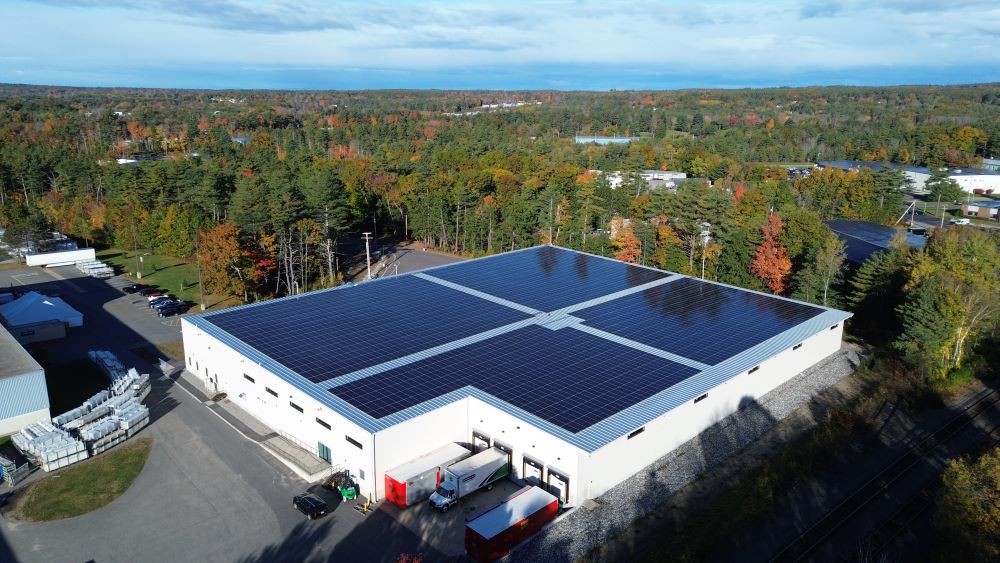Connecticut launches statewide battery storage incentive program

Energy storage solutions are needed around the country. Behind-the-meter residential and commercial systems are especially important, as they help owners store solar energy on-site and/or provide backup in emergencies. They can also be aggregated together to provide useful grid services. The win-win proposition is why forward-looking jurisdictions are designing programs to encourage deployment of more small scale battery storage.
The Connecticut Public Utilities Regulatory Authority (PURA) launched a statewide electric storage program for all Eversource and United Illuminating (UI) residential, commercial, and industrial customers, called Energy Storage Solutions. The program will be administered by the Connecticut Green Bank, along with Eversource and UI.
The nine-year program officially launched on January 1, 2022, and will continue through at least December 31, 2030.
Average upfront incentives for residential customers will initially be around $200 per kilowatt-hour (kWh), with a maximum per project incentive of $7,500. There is no cap on the number of customers who pay apply for the incentives.
Interested installers should head here for more info on becoming an eligible contractor.
Development of the Energy Storage Solutions was informed by objectives outlined in Public Act (PA) 21-53, which establishes a statewide goal of deploying 1 GW of energy storage by year-end 2030. Governor Ned Lamont signed the unanimously bipartisan-supported legislation into law in June, making Connecticut the eighth U.S. state to issue an energy storage deployment target.
Commercial and industrial customers will also be eligible for upfront incentives, with a maximum incentive of 50 percent of the project cost. Residential, commercial, and industrial customers will all be eligible for performance incentive payments based on the average power an electric storage project contributes to the grid during critical periods.
Additional incentives will be available for those who would most benefit from increased resilience measures, such as low-income customers, customers in underserved communities, small businesses, and customers who historically experience the most frequent and longest duration storm-related outages.
“We are combatting the climate crisis and building our economy by making investments that promote environmental justice, healthier communities, affordable energy, and expanded jobs and opportunity. Adding a statewide electric storage program to our toolkit will play a vital role in these efforts and I thank the entire PURA team and our legislative partners for their leadership on this initiative,” said Governor Ned Lamont.
“Public Act 21-53 put Connecticut on the map as a potential leader in realizing the benefits of energy storage. The launch of Energy Storage Solutions builds on that vision by establishing a statewide comprehensive program that not only incorporates different applications and types of electric storage, but ensures the state is on a path to achieving 1,000 MW by 2030,” said PURA Chairman Marissa P. Gillett. “The Green Bank, working in collaboration with the utilities, will help ensure that our families and businesses, especially those within vulnerable communities, access the important benefits that electric storage provides in terms of resilience and modernizing the grid.”
“The strategic deployment of energy storage is a critical element in our planned transition to a more renewable energy future,” said Senate Chair of the Energy & Technology Committee Norm Needleman (D-Essex). “I am very pleased that the launch of the Energy Storage Solutions program capitalizes on the momentum generated by last year’s bipartisan legislation and I look forward to the resilience benefits it will bring to our communities.”
“The launch of this program is a step forward to achieving the long-term goal of strengthening our grid reliability and greenhouse gas reduction targets,” said House Chair of the Energy & Technology Committee David Arconti (D-Danbury). “When there is more energy storage powered by renewables, fewer fossil fuel units will be needed for grid reliability, and that certainly is a great start.”





Comments are closed here.